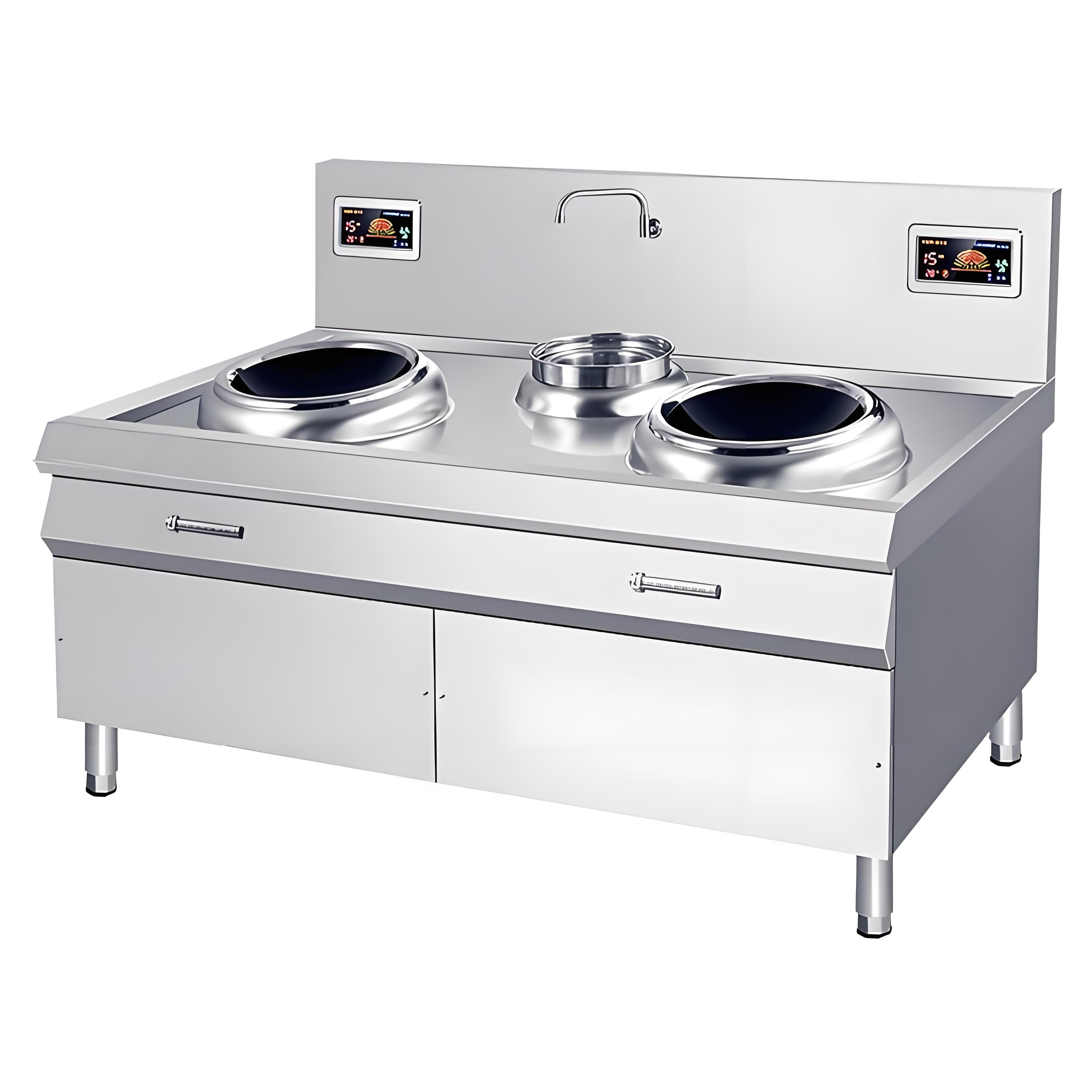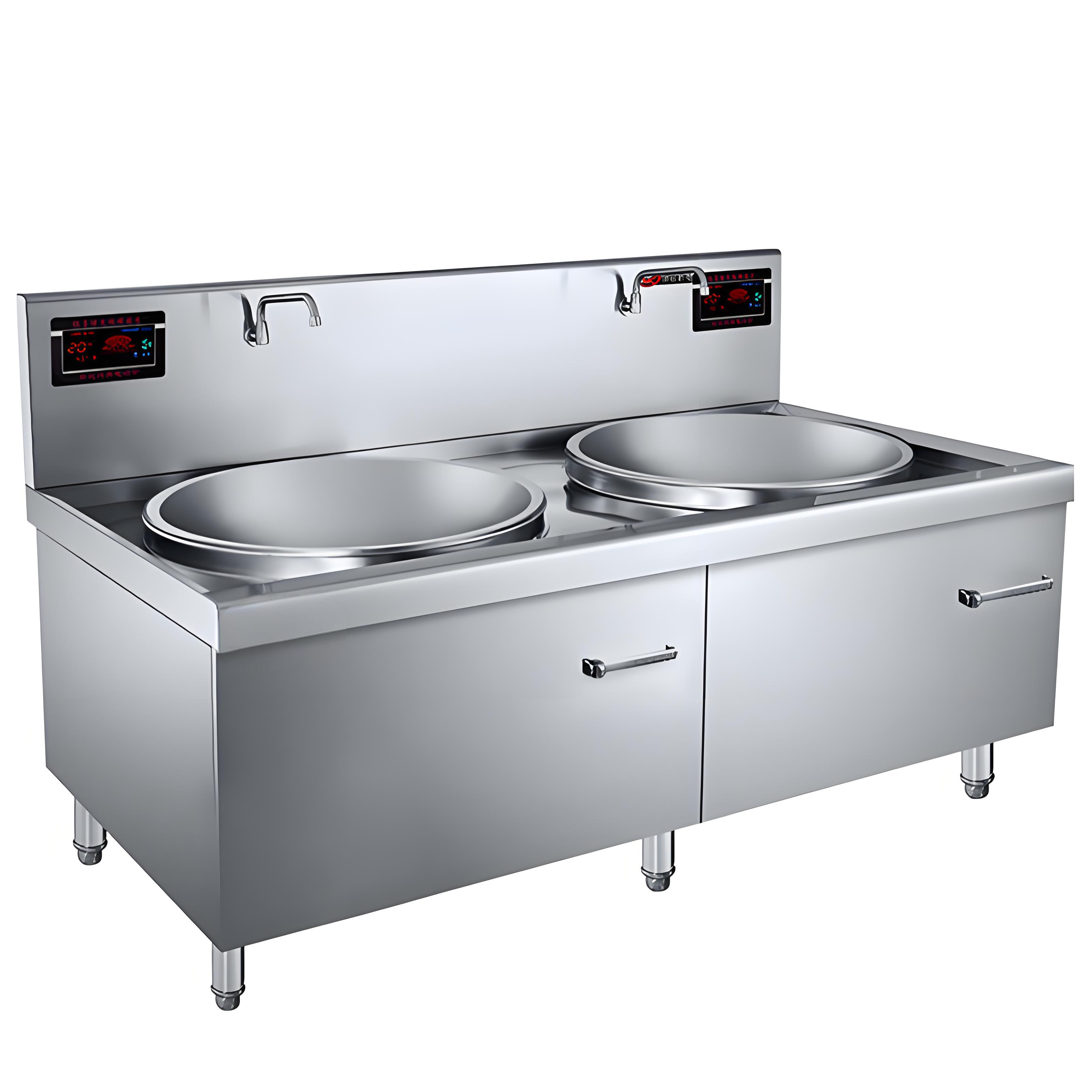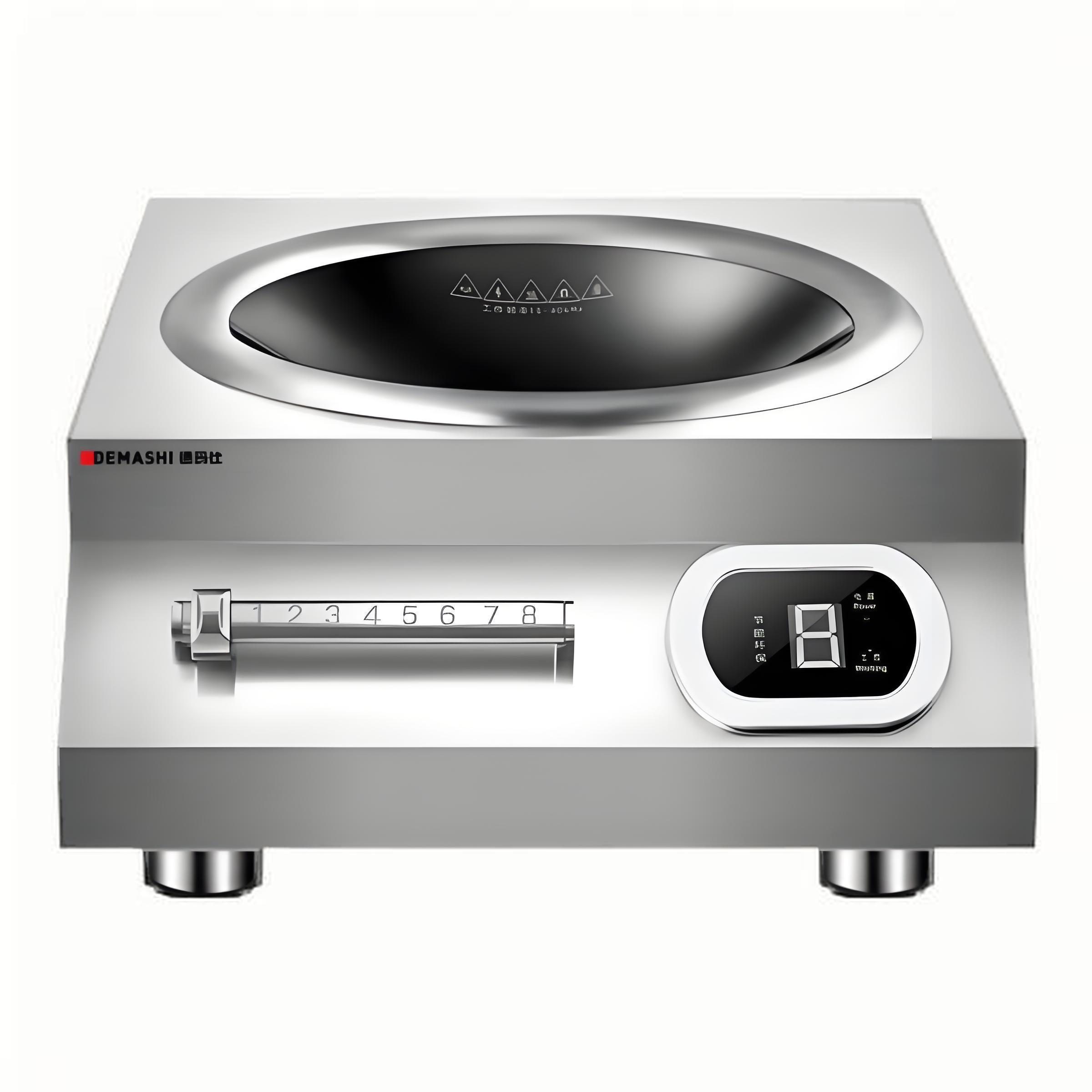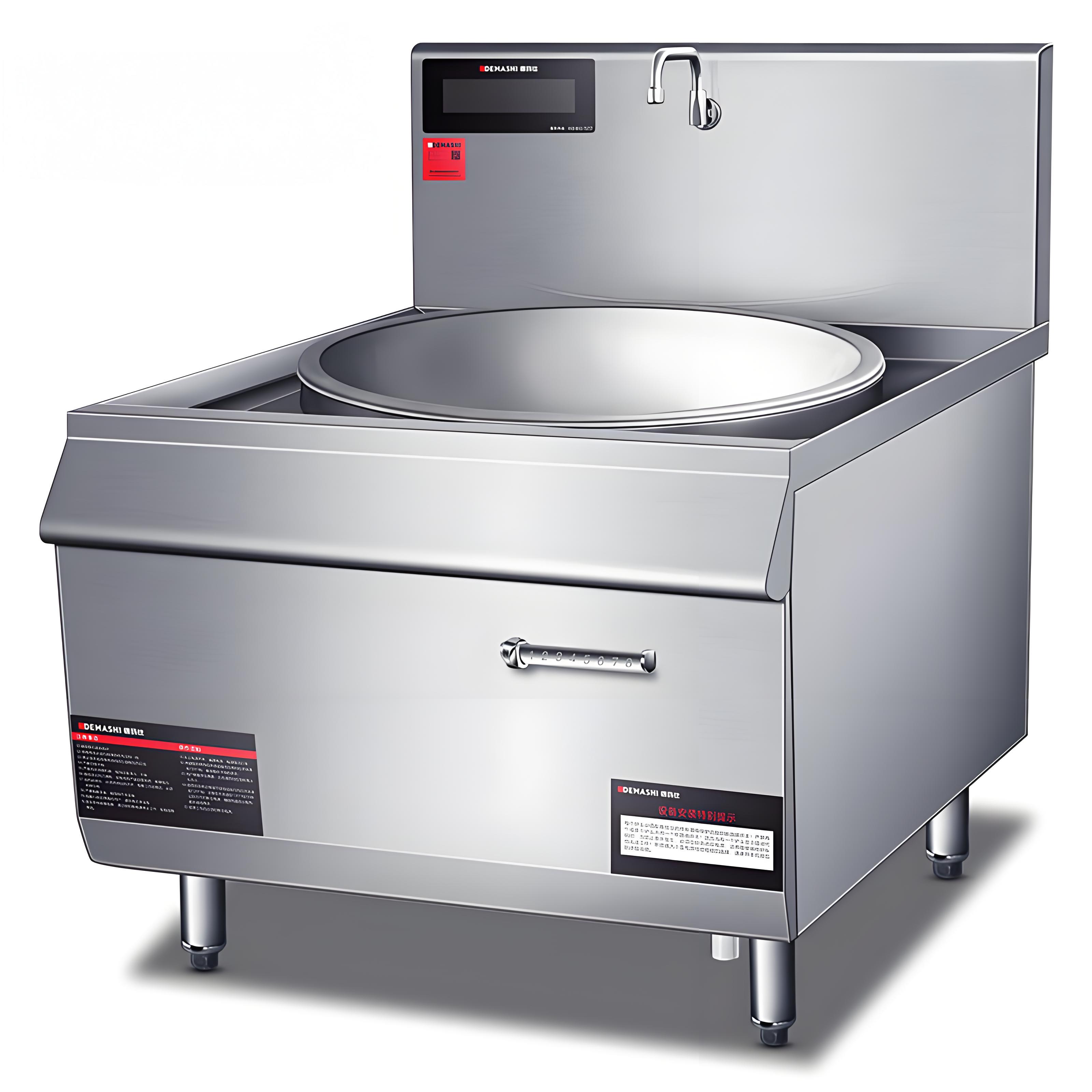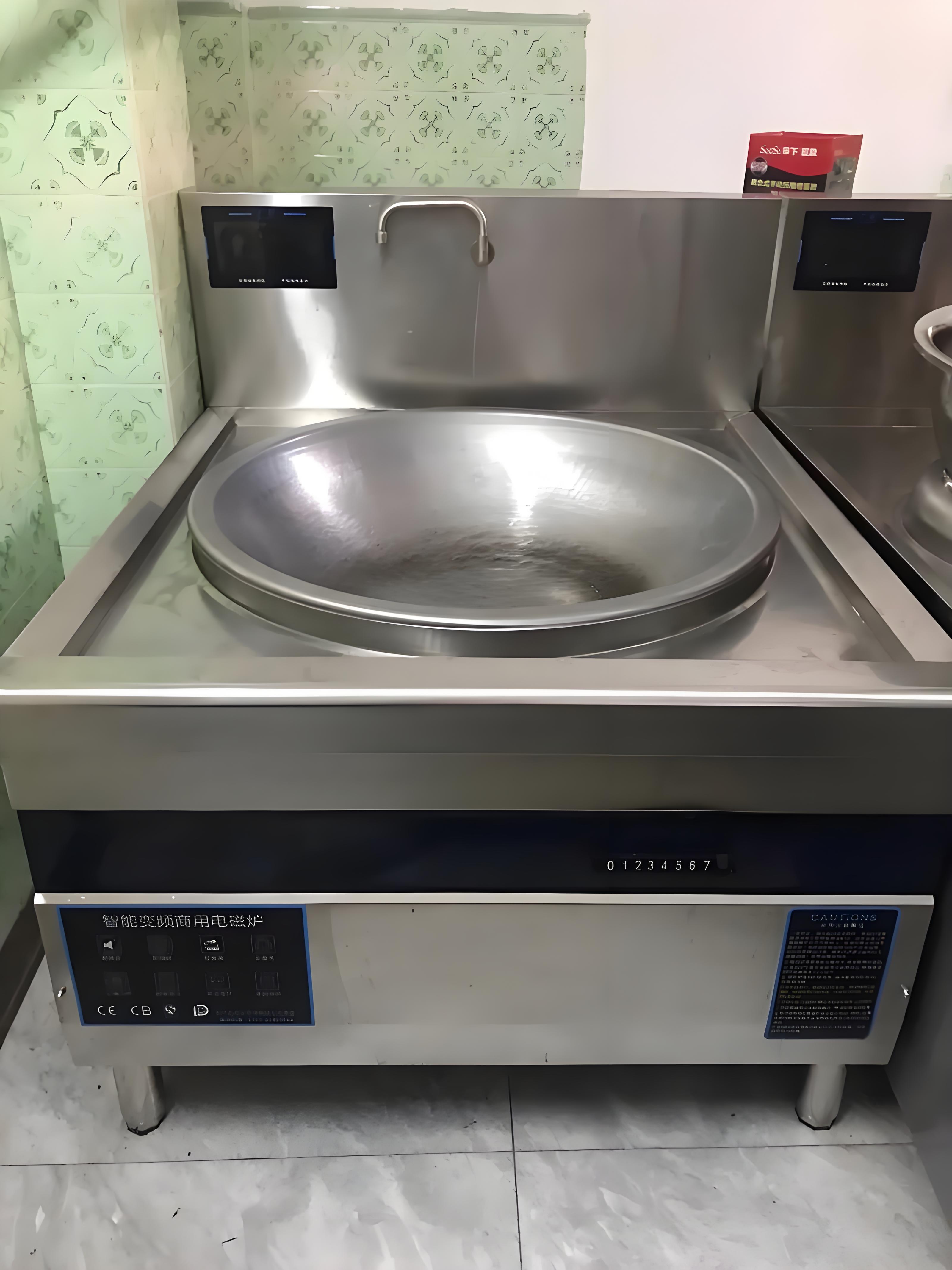As a seasoned expert in the kitchen appliance industry, with years of hands-on experience and a deep understanding of cooking technologies, I often encounter questions about how to improve kitchen environments, particularly in terms of reducing fumes and smoke. One of the most common inquiries I receive is whether high-power induction cooktops can effectively lower kitchen fumes. In this article, I’ll delve into this topic, exploring the science behind induction cooking, its impact on fume generation, and practical tips for maintaining a cleaner kitchen.
Understanding Induction Cooking
Before we can address whether high-power induction cooktops reduce kitchen fumes, it’s essential to understand how induction cooking works.
How Induction Cooking Works
Induction cooking operates on the principle of electromagnetic induction. When an induction cooktop is turned on, it generates an alternating magnetic field. This field induces an electric current in any ferromagnetic cookware placed on the cooktop, such as iron or stainless steel pots and pans. The electric current then generates heat directly within the cookware, rather than heating the cooktop surface first and then transferring the heat to the cookware, as with traditional gas or electric stoves.
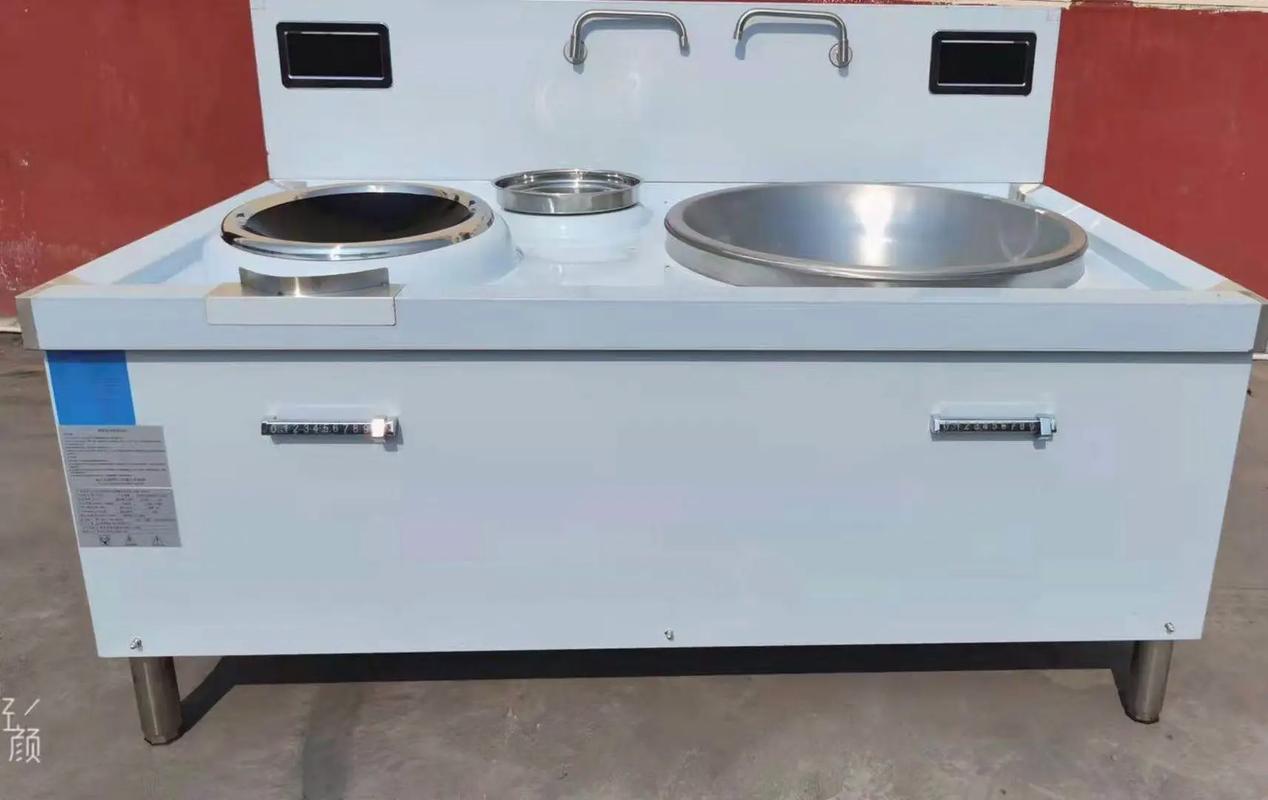
Advantages of Induction Cooking
Energy Efficiency: Induction cooking is highly energy-efficient because it heats the cookware directly, minimizing heat loss to the surrounding environment.
Speed: Induction cooktops can heat up quickly, reducing cooking times and improving efficiency.
Precision: They offer precise temperature control, allowing for more accurate cooking and reducing the risk of overcooking or burning.
Safety: Since the cooktop surface doesn’t get as hot as traditional stoves, there’s a reduced risk of burns or fires caused by accidental contact with the surface.
The Impact of Induction Cooking on Kitchen Fumes
Now, let’s explore how induction cooking affects kitchen fumes.
Reduced Heat Transfer to the Air
One of the primary ways induction cooking reduces kitchen fumes is by minimizing the amount of heat transferred to the surrounding air. With traditional gas or electric stoves, a significant portion of the heat generated is lost to the air, causing the kitchen to heat up and potentially leading to increased fume generation from cooking oils and foods. In contrast, induction cooktops heat the cookware directly, reducing the amount of heat that escapes into the kitchen environment.
Lower Cooking Temperatures
Induction cooktops can also help reduce kitchen fumes by allowing for lower cooking temperatures. Since they heat up quickly and offer precise temperature control, you can often achieve the same cooking results at lower temperatures than with traditional stoves. Lower cooking temperatures mean less oil is needed, and there’s a reduced risk of oils smoking or burning, which are major sources of kitchen fumes.
Reduced Splatter and Spills
Another benefit of induction cooking is that it can reduce splatter and spills. Since the cookware is heated directly, there’s less chance of oil or food particles being ejected from the pan due to uneven heating or hot spots. This can help keep your kitchen cleaner and reduce the amount of fumes generated from cooking debris.
Comparing Induction Cooktops to Traditional Stoves
To better understand the impact of induction cooktops on kitchen fumes, let’s compare them to traditional gas and electric stoves.
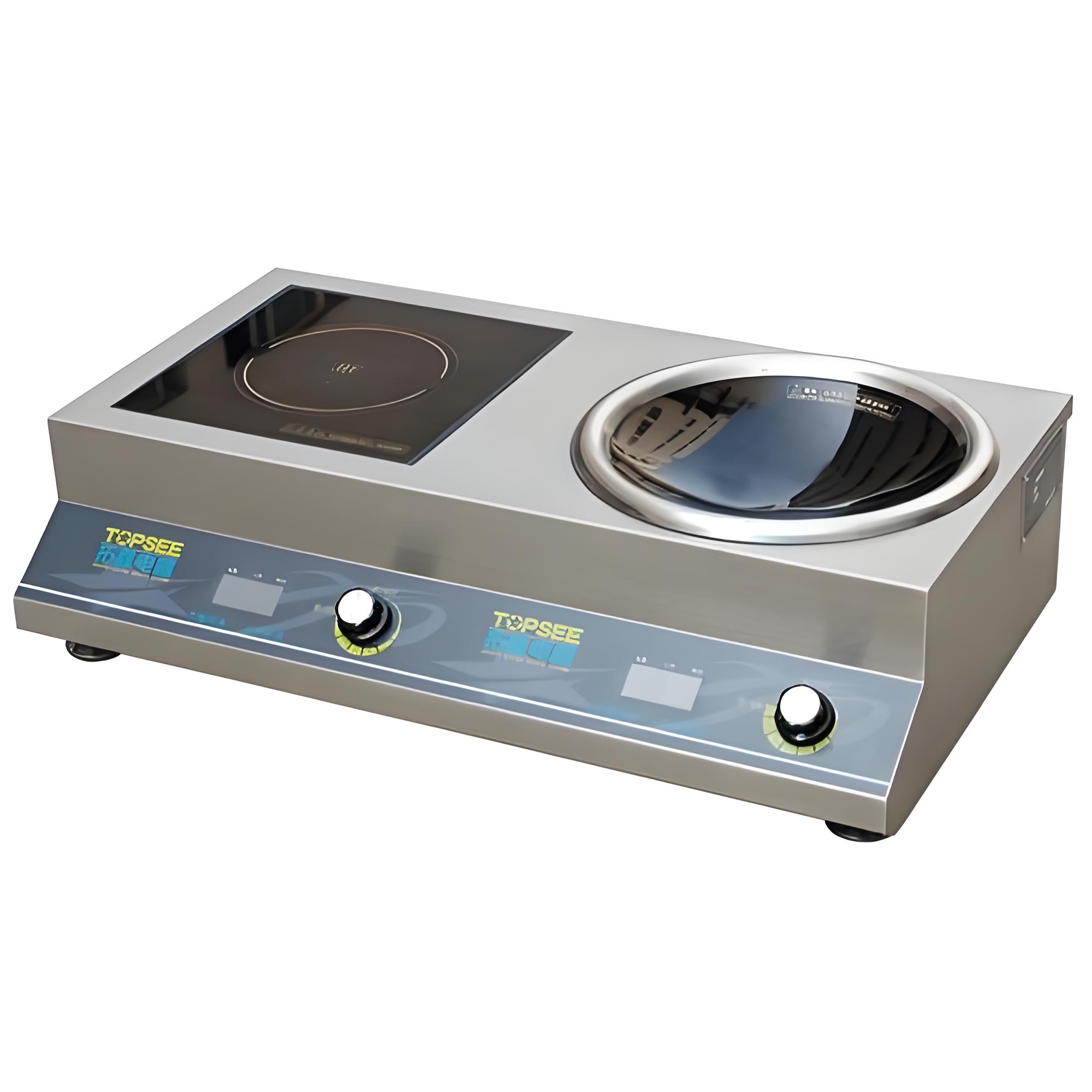
Gas Stoves
Gas stoves are known for their high heat output and instant heat adjustment capabilities. However, they also generate a significant amount of heat that escapes into the kitchen, causing the environment to heat up and potentially increasing fume generation. Additionally, gas stoves can produce combustion byproducts, such as carbon monoxide and nitrogen dioxide, which can contribute to indoor air pollution.
Electric Stoves
Electric stoves, whether they use coil elements or smooth-top surfaces, also generate heat that escapes into the kitchen. While they may not produce combustion byproducts like gas stoves, they can still cause the kitchen to heat up and increase fume generation, especially if the cookware isn’t properly sized or if the stove is used at high temperatures.
Induction Cooktops vs. Traditional Stoves: A Fume Comparison
To illustrate the difference in fume generation between induction cooktops and traditional stoves, let’s consider the following table:
| Cooking Method | Heat Transfer to Air | Cooking Temperature | Splatter and Spills | Fume Generation |
|---|---|---|---|---|
| Gas Stove | High | High | Moderate to High | High |
| Electric Stove | Moderate to High | Moderate to High | Moderate | Moderate to High |
| Induction Cooktop | Low | Low to Moderate | Low | Low |
As you can see, induction cooktops generally produce less heat transfer to the air, allow for lower cooking temperatures, and result in fewer splatters and spills, all of which contribute to lower fume generation.
Practical Tips for Reducing Kitchen Fumes with Induction Cooktops
While induction cooktops can significantly reduce kitchen fumes, there are also some practical tips you can follow to further enhance their fume-reducing capabilities.
1. Use the Right Cookware
Choose ferromagnetic cookware that’s compatible with your induction cooktop. This includes iron, stainless steel, and some types of enameled cast iron. Avoid using aluminum, copper, or glass cookware, as they won’t work with induction cooktops. Additionally, make sure your cookware is the right size for the cooking zone to ensure efficient heat transfer and reduce splatters.
2. Control Cooking Temperatures
Take advantage of the precise temperature control offered by induction cooktops. Start with lower temperatures and gradually increase them as needed. This can help prevent oils from smoking or burning and reduce fume generation. Additionally, avoid overcrowding the pan, as this can lower the cooking temperature and increase the risk of splatters.
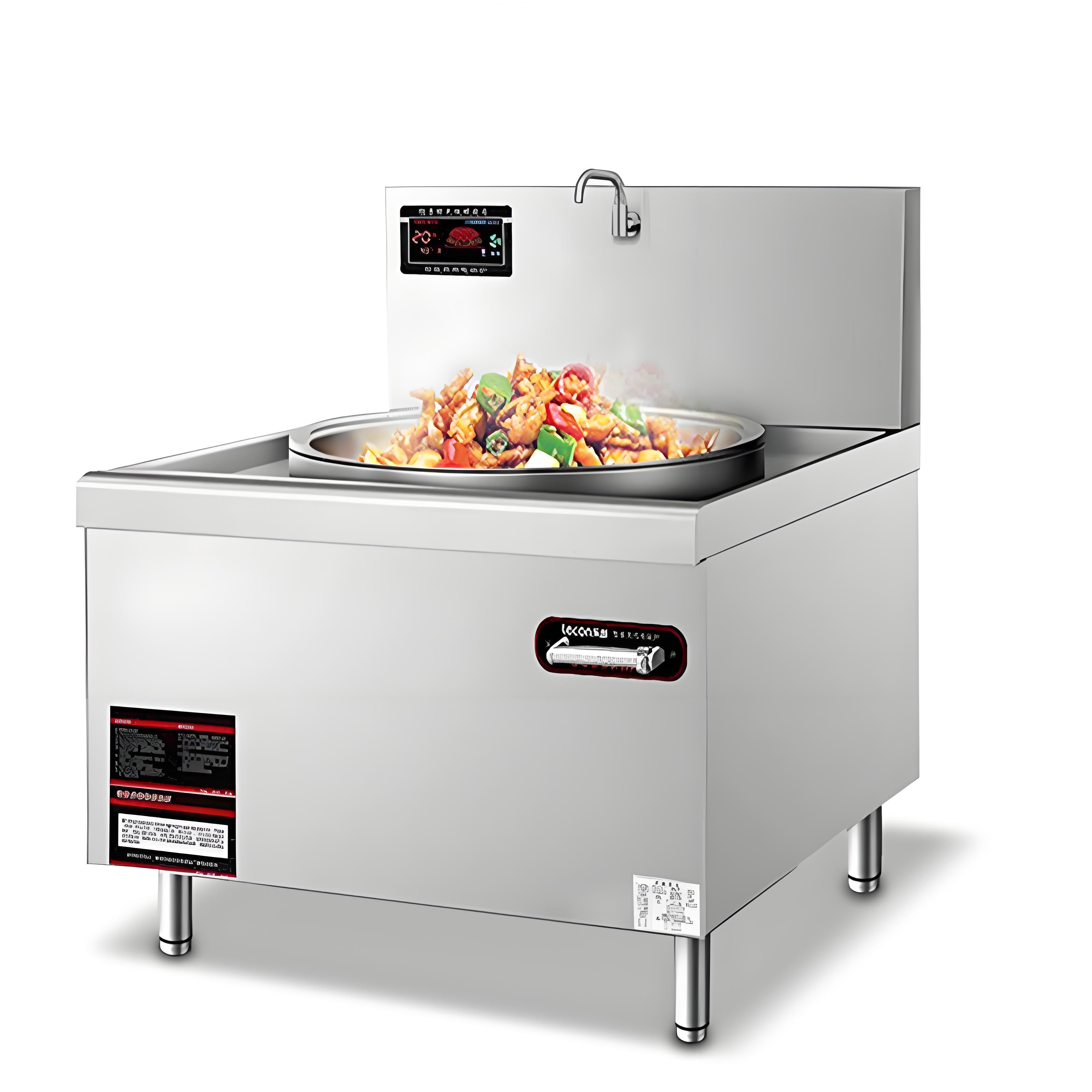
3. Use a Lid
Covering your pots and pans with a lid can help reduce fume generation by trapping steam and preventing it from escaping into the kitchen. This can also help retain moisture in your food, making it more tender and flavorful. Just make sure to leave a small vent to allow steam to escape and prevent pressure buildup.
4. Ventilate Your Kitchen
Even with an induction cooktop, it’s important to have proper ventilation in your kitchen. Use a range hood or exhaust fan to remove fumes, smoke, and odors from the air. Make sure the range hood is properly sized for your stove and that it’s vented to the outside, rather than recirculating the air back into the kitchen. Additionally, open windows or doors when possible to improve air circulation.
5. Clean Your Cooktop Regularly
Keeping your induction cooktop clean can help prevent fume generation by ensuring efficient heat transfer and reducing the risk of food debris burning. Wipe down the cooktop surface with a damp cloth after each use to remove any spills or splatters. For tougher stains, use a non-abrasive cleaner specifically designed for induction cooktops.
Real-World Examples and Testimonials
To further illustrate the effectiveness of induction cooktops in reducing kitchen fumes, let’s look at some real-world examples and testimonials.
Testimonial 1: Home Chef
“I’ve been using an induction cooktop for a few years now, and I’ve noticed a significant reduction in kitchen fumes compared to my old gas stove. The cooktop heats up quickly, and I can control the temperature precisely, which means I don’t have to worry about oils smoking or burning. Plus, the kitchen stays cooler, which is a huge plus during the summer months.”
Testimonial 2: Professional Chef
“As a professional chef, I’ve used all types of stoves, but induction cooktops are by far my favorite. They offer the precision and control I need to create delicious dishes, and they generate significantly less fumes than gas or electric stoves. This makes my kitchen a more pleasant place to work and reduces the risk of health issues associated with long-term exposure to cooking fumes.”
Case Study: Restaurant Kitchen Upgrade
A local restaurant decided to upgrade its kitchen equipment, including replacing its gas stoves with induction cooktops. After the upgrade, the restaurant noticed a significant reduction in kitchen fumes and a decrease in the amount of time spent cleaning the kitchen. Additionally, the chefs reported that the induction cooktops were easier to use and offered better temperature control, resulting in improved food quality and customer satisfaction.
Addressing Common Concerns and Misconceptions
Despite the many benefits of induction cooktops in reducing kitchen fumes, there are still some common concerns and misconceptions that need to be addressed.
Concern 1: Induction Cooktops Are Expensive
While induction cooktops may have a higher upfront cost than traditional stoves, they can offer long-term savings in terms of energy efficiency and reduced maintenance costs. Additionally, many homeowners and businesses find that the improved cooking experience and reduced fume generation make the investment worthwhile.
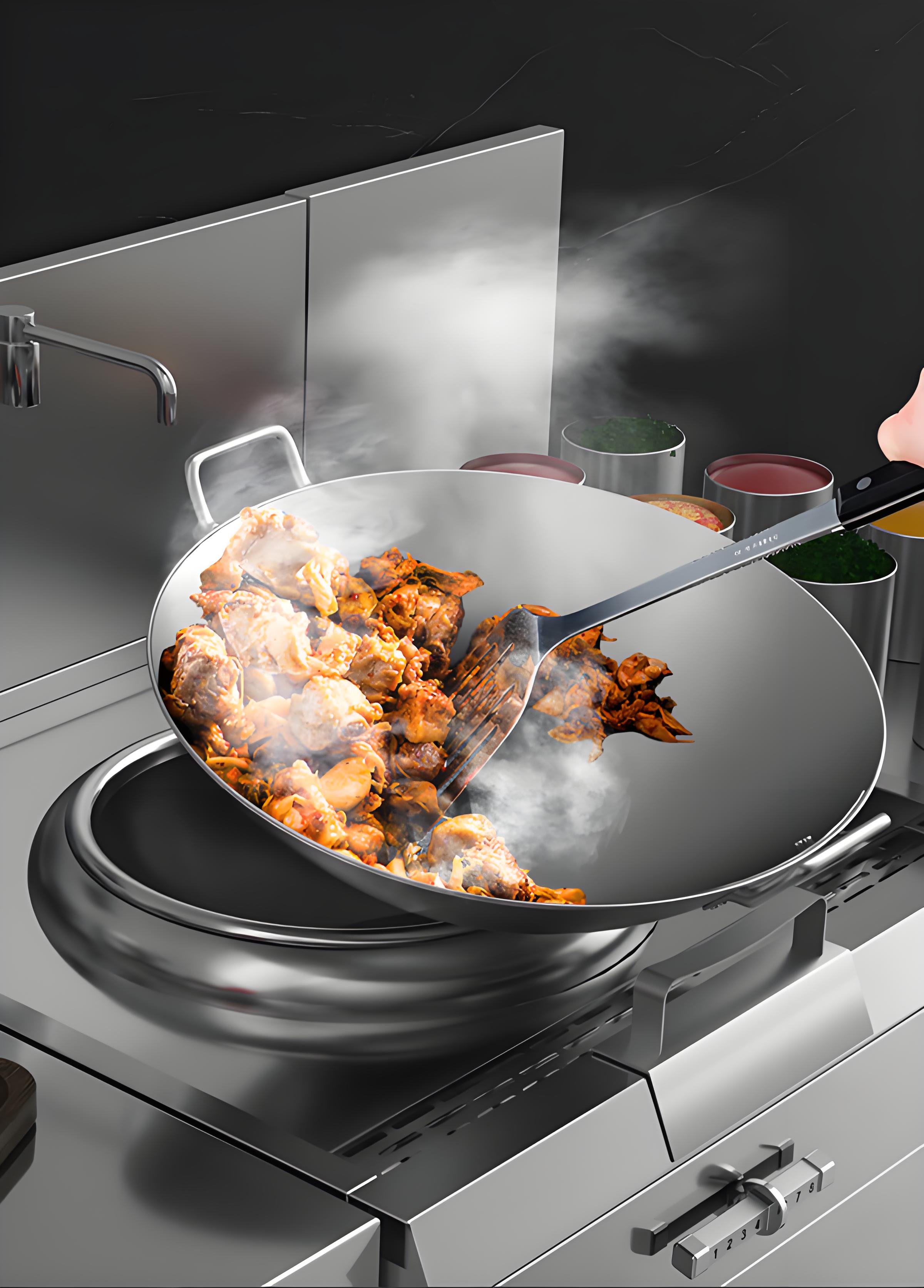
Concern 2: Induction Cooktops Require Special Cookware
While it’s true that induction cooktops require ferromagnetic cookware, this doesn’t mean you have to buy all new pots and pans. Many types of stainless steel and cast iron cookware are compatible with induction cooktops, and you can often find affordable options at your local kitchen supply store. Additionally, some induction cooktops come with compatibility indicators that can help you determine if your existing cookware will work.
Misconception 1: Induction Cooktops Don’t Get as Hot as Traditional Stoves
This is a common misconception. While induction cooktops may not produce the same visible flames as gas stoves, they can generate just as much heat, if not more. The key difference is that induction cooktops heat the cookware directly, rather than heating the air around it, which can make the cooking process feel different. However, with proper use and temperature control, you can achieve the same cooking results as with traditional stoves.
Misconception 2: Induction Cooktops Are Noisy
While some induction cooktops may produce a slight humming or buzzing sound when in use, this is generally much quieter than the noise generated by gas stoves or exhaust fans. Additionally, many modern induction cooktops are designed to operate quietly, so you don’t have to worry about excessive noise in your kitchen.
Conclusion
In conclusion, high-power induction cooktops can indeed reduce kitchen fumes by minimizing heat transfer to the air, allowing for lower cooking temperatures, and reducing splatters and spills. When combined with proper cookware selection, temperature control, ventilation, and cleaning practices, induction cooktops can offer a cleaner, more efficient, and more pleasant cooking experience.
If you’re considering upgrading your kitchen equipment or looking for ways to reduce kitchen fumes, I highly recommend giving induction cooktops a try. With their many benefits and practical applications, they’re sure to become a staple in modern kitchens for years to come.
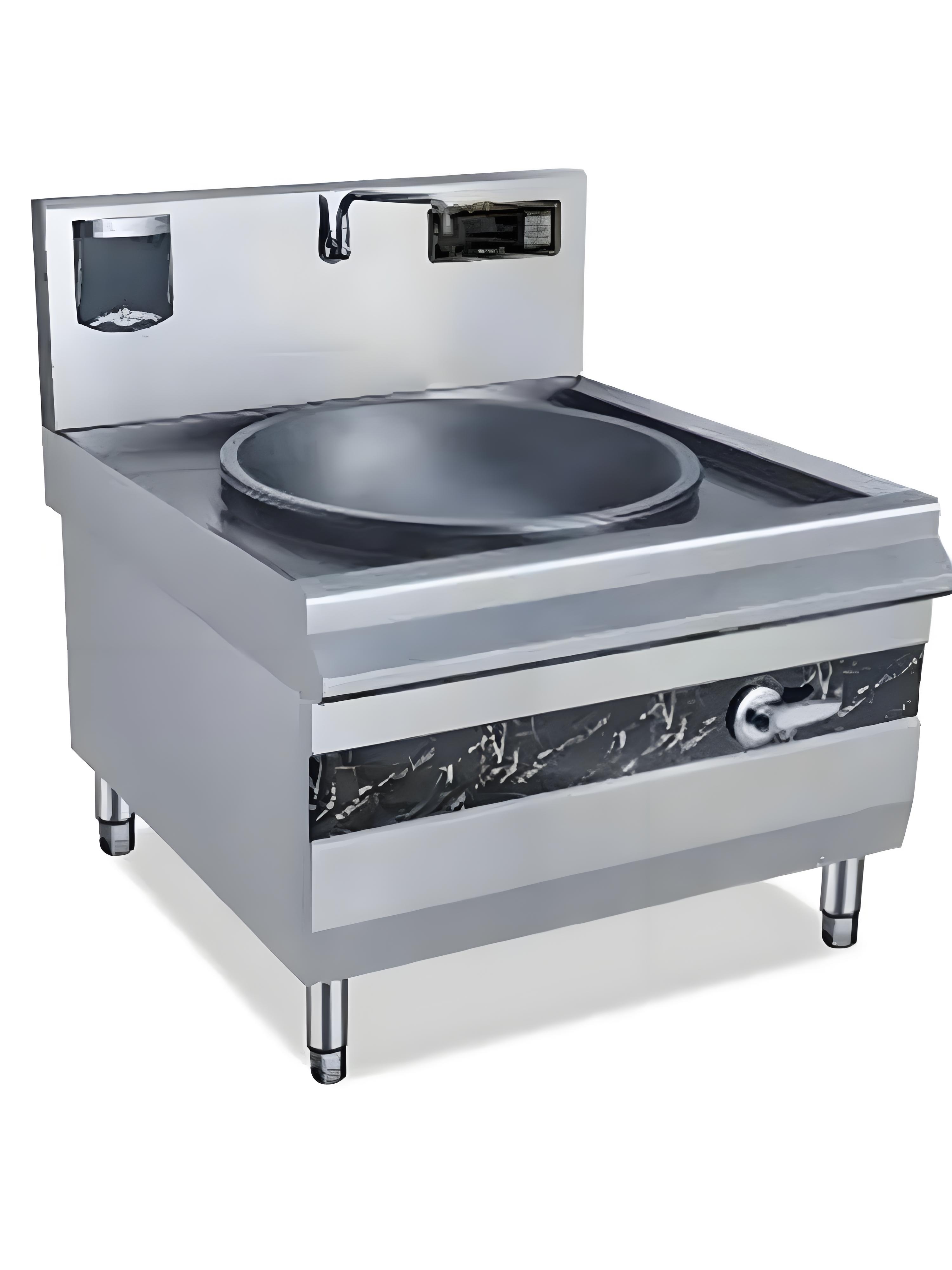
Related Q&A
Q1: Can I use my existing pots and pans with an induction cooktop?
A1: It depends on the material of your pots and pans. Induction cooktops require ferromagnetic cookware, such as iron, stainless steel, or some types of enameled cast iron. If your existing cookware is made of aluminum, copper, or glass, it won’t work with an induction cooktop. You can test your cookware by placing a magnet on the bottom; if it sticks, it’s likely compatible.
Q2: Are induction cooktops safe to use?
A2: Yes, induction cooktops are generally considered safe to use. Since the cooktop surface doesn’t get as hot as traditional stoves, there’s a reduced risk of burns or fires caused by accidental contact with the surface. Additionally, many induction cooktops come with safety features, such as automatic shut-off and child locks, to further enhance safety.
Q3: Do induction cooktops require special maintenance?
A3: Induction cooktops are relatively easy to maintain. Just wipe down the surface with a damp cloth after each use to remove any spills or splatters. For tougher stains, use a non-abrasive cleaner specifically designed for induction cooktops. Avoid using harsh chemicals or abrasive scrubbers, as they can damage the surface.
Q4: Can I use an induction cooktop for all types of cooking?
A4: Yes, induction cooktops can be used for all types of cooking, including boiling, simmering, frying, sautéing, and more. Their precise temperature control and fast heating capabilities make them suitable for a wide range of cooking tasks.
Q5: Are induction cooktops energy-efficient?
A5: Yes, induction cooktops are highly energy-efficient. Since they heat the cookware directly, they minimize heat loss to the surrounding environment, resulting in faster cooking times and lower energy consumption compared to traditional gas or electric stoves.
